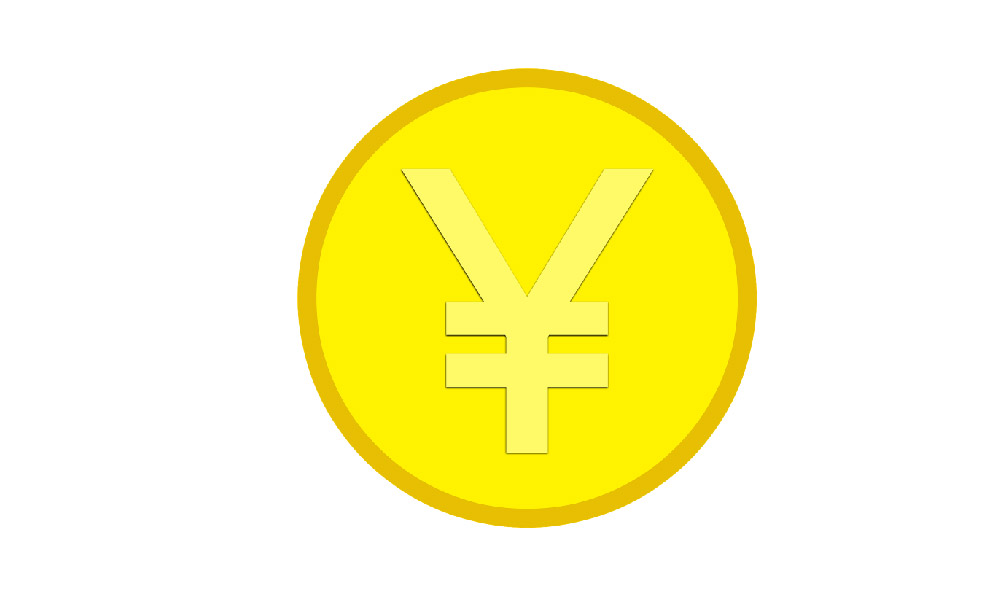Investing 50k: Where to Start & What Are My Options?

Investing $50,000 is a significant step towards building long-term wealth, but it's crucial to approach it strategically. Before diving into specific investment options, it’s important to establish a solid foundation built upon understanding your individual circumstances. This includes evaluating your risk tolerance, setting realistic financial goals, determining your investment timeline, and assessing your current financial situation. These factors will profoundly influence the types of investments that are suitable for you.
Understanding your risk tolerance is paramount. Are you comfortable with the possibility of losing a portion of your initial investment in exchange for potentially higher returns? Or do you prefer a more conservative approach that prioritizes capital preservation? A risk-averse investor might lean towards lower-yielding, less volatile assets like bonds or certificates of deposit (CDs), while someone with a higher risk tolerance might consider stocks or real estate. Honest self-assessment here is key to avoiding sleepless nights and impulsive decisions driven by market fluctuations.
Next, defining clear financial goals is essential. What are you hoping to achieve with this $50,000? Are you saving for retirement, a down payment on a house, your children's education, or simply aiming to grow your wealth over time? The timeline for achieving these goals will dictate the types of investments that are appropriate. For example, if you're saving for retirement in 30 years, you can afford to take on more risk than if you need the money in five years for a down payment.

Determining your investment timeline requires careful consideration. Short-term goals, typically defined as those within three to five years, necessitate conservative investments that prioritize capital preservation. Longer-term goals, those spanning several decades, allow for more aggressive investments with the potential for higher returns, even if they come with greater volatility. The further away your goal is, the more time you have to recover from any potential market downturns.
Before allocating any capital, take stock of your current financial situation. This involves assessing your income, expenses, debts, and existing investments. It’s unwise to invest heavily if you have high-interest debt, such as credit card debt. Prioritizing debt repayment is often a better strategy, as the interest rates on debt can often exceed the returns you'd earn on investments. Additionally, ensure you have an adequate emergency fund (typically three to six months' worth of living expenses) in a readily accessible account before venturing into investments. This provides a safety net to cover unexpected expenses without having to liquidate your investments prematurely.
Once these foundational elements are in place, you can begin exploring specific investment options. A diversified portfolio is crucial for mitigating risk and maximizing potential returns. This means spreading your $50,000 across a variety of asset classes, industries, and geographic regions. Here are several options to consider:
Stocks: Investing in stocks represents ownership in publicly traded companies. Stocks have historically provided the highest returns over the long term, but they also come with higher volatility. You can invest in individual stocks, but for beginners, it's generally recommended to invest in stock market index funds or exchange-traded funds (ETFs) that track a broad market index like the S&P 500. This provides instant diversification and reduces the risk associated with investing in a single company. With $50,000, you can easily allocate a significant portion to a well-diversified stock portfolio. Consider different types of stocks, such as growth stocks, value stocks, and dividend-paying stocks, to further diversify your holdings.
Bonds: Bonds are debt instruments issued by corporations or governments. They are generally considered less risky than stocks and provide a more stable income stream. Bonds can be a valuable addition to a portfolio, especially for risk-averse investors or those nearing retirement. Like stocks, you can invest in individual bonds or bond funds. Bond funds offer diversification and professional management. Government bonds are generally considered safer than corporate bonds, but they typically offer lower yields.
Real Estate: Real estate can be a lucrative investment, but it requires significant capital and expertise. While $50,000 may not be enough to purchase a property outright in many areas, you could consider investing in a real estate investment trust (REIT). REITs are companies that own and operate income-producing real estate properties. They allow you to invest in real estate without directly owning physical properties. Another option is real estate crowdfunding platforms, which allow you to pool your money with other investors to fund real estate projects. However, be aware that real estate investments are typically less liquid than stocks or bonds.
Mutual Funds: Mutual funds pool money from multiple investors to invest in a diversified portfolio of stocks, bonds, or other assets. They are professionally managed and offer a convenient way to diversify your investments. However, mutual funds typically have higher expense ratios than ETFs. When choosing a mutual fund, carefully consider its investment objective, expense ratio, and past performance.
ETFs (Exchange-Traded Funds): ETFs are similar to mutual funds, but they trade on stock exchanges like individual stocks. They typically have lower expense ratios than mutual funds and offer greater flexibility. ETFs are a popular choice for investors who want to build a diversified portfolio at a low cost. There are ETFs that track a wide variety of market indexes, sectors, and asset classes.
Alternative Investments: Alternative investments include assets such as hedge funds, private equity, and commodities. These investments can offer higher potential returns, but they also come with higher risks and are typically less liquid. Alternative investments are generally not suitable for beginner investors.
Robo-Advisors: Robo-advisors are online platforms that provide automated investment management services. They use algorithms to build and manage your portfolio based on your risk tolerance, financial goals, and investment timeline. Robo-advisors offer a low-cost and convenient way to invest, especially for beginners.
Considerations for Allocation:
With $50,000, a balanced portfolio might look something like this for an investor with a moderate risk tolerance and a long-term investment horizon:
- Stocks (60%): $30,000 allocated to a mix of US and international stock ETFs. Consider dividing this further into large-cap, mid-cap, and small-cap ETFs.
- Bonds (30%): $15,000 allocated to a mix of government and corporate bond ETFs.
- Real Estate (10%): $5,000 allocated to a REIT ETF.
This allocation is just an example, and the ideal portfolio will depend on your individual circumstances. It's also crucial to rebalance your portfolio periodically to maintain your desired asset allocation. Rebalancing involves selling some assets that have performed well and buying assets that have underperformed to bring your portfolio back to its target allocation.
Before making any investment decisions, it’s prudent to consult with a qualified financial advisor. A financial advisor can help you assess your individual circumstances, develop a personalized financial plan, and choose the investments that are best suited for your needs. They can also provide ongoing guidance and support to help you stay on track towards your financial goals. Remember, investing is a marathon, not a sprint. Be patient, disciplined, and stay informed about market trends. With careful planning and a diversified investment strategy, you can achieve your financial goals and build long-term wealth.















